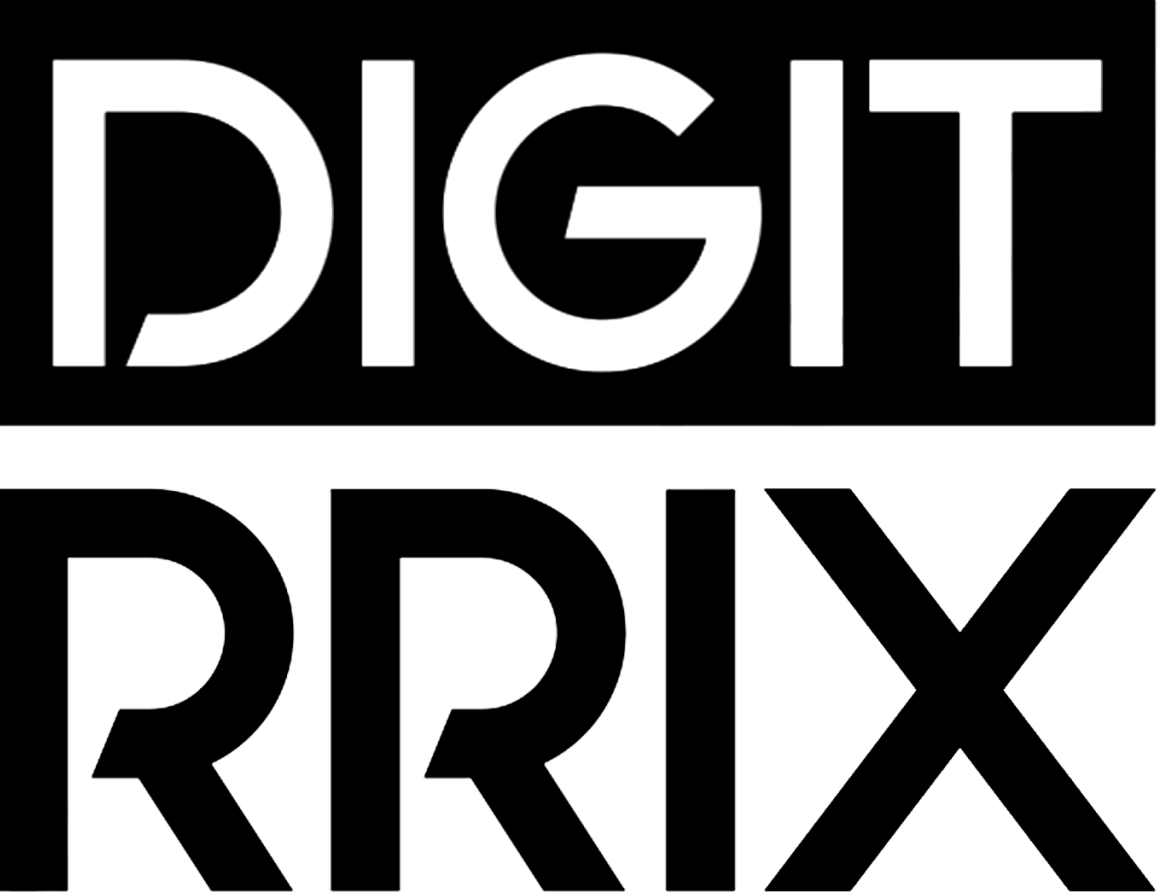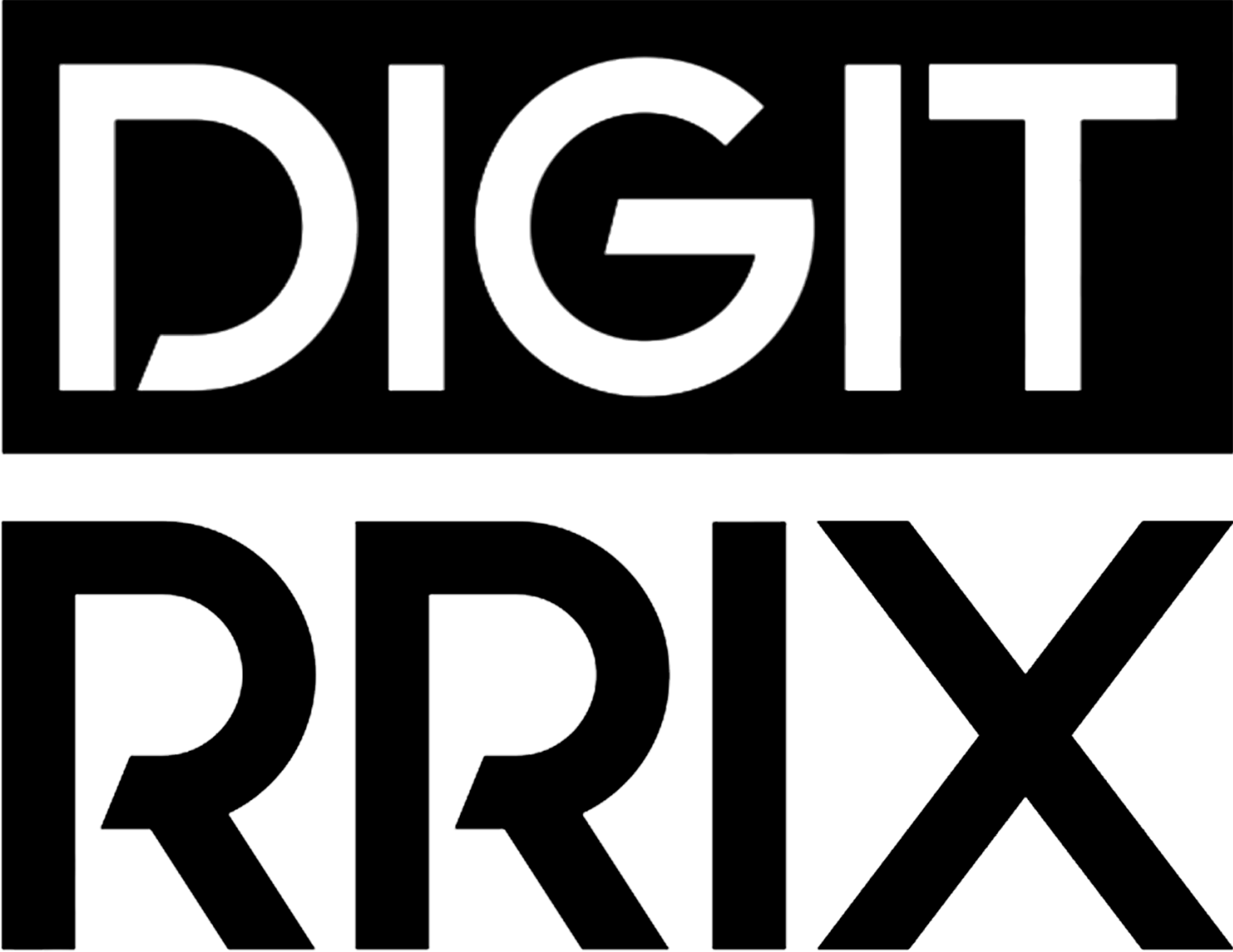
Top 10 Innovative Marketing Strategies to Boost Your Business
In today’s fast-paced business landscape, staying ahead of the competition requires a fresh approach to reaching your audience. As the digital world evolves, Innovative Marketing Strategies have emerged as essential tools for any brand looking to enhance visibility and engagement. From harnessing the power of social media to utilizing data analytics for precision-targeted marketing, these strategies not only capture customer attention but also foster lasting relationships. Furthermore, the rise of interactive content and sustainability in marketing practices reflects a significant shift towards engaging consumers on a deeper level. Join us as we explore the top 10 innovative marketing strategies that can skyrocket your business performance and resonate with your target market.
Harnessing the Power of Social Media in Innovative Marketing Strategies
In today’s digital age, social media has emerged as a vital player in reshaping the landscape of marketing. Businesses are harnessing the power of these platforms, leveraging their extensive reach and real-time engagement capabilities to create impactful connections with their target audiences. By utilizing social media effectively, brands can increase their visibility, drive customer engagement, and foster loyalty, ultimately boosting their bottom line.
First and foremost, creating tailored content that resonates with the specific demographics of each social media platform is essential. Whether it’s Instagram’s visually-driven approach or Twitter’s emphasis on concise messaging, customizing your content strategy ensures maximum engagement. Engaging visuals, eye-catching graphics, and video content are particularly influential in capturing audience attention.
Moreover, utilizing social media advertising offers a cost-effective means to enhance visibility. With sophisticated targeting options available, businesses can reach specific audiences based on location, interests, and behaviors. This precision ensures that marketing efforts are not only seen but also acted upon, contributing to a higher conversion rate.
Additionally, engagement through interaction on social media enhances brand loyalty. Brands can respond to queries, solicit feedback, and create polls that encourage participation, making customers feel valued and heard. This not only promotes a positive relationship but also helps in building a community around the brand.
Furthermore, leveraging analytics tools available within social platforms allows businesses to track performance metrics effectively. Understanding what content performs best can inform future strategies, ensuring continual improvement and adaptation to audience preferences. By blending creativity with analytics, companies can make informed decisions that drive success.
Embracing social media in your marketing efforts is not just about visibility; it’s about creating an impactful dialogue with your audience, enhancing brand identity, and ultimately driving growth in an increasingly competitive marketplace.

The Impact of Influencer Collaborations on Brand Visibility
In today’s digital age, influencer collaborations have emerged as a formidable tool in the arsenal of Innovative Marketing Strategies. When brands partner with influencers—individuals who have cultivated a dedicated following—they unlock the potential for enhanced brand visibility and audience engagement.
Trust and Authenticity: Influencers enjoy a level of trust with their followers that traditional advertising often lacks. Their recommendations feel more personal and genuine, thus driving higher engagement rates. According to research, nearly 70% of teenagers trust influencers more than traditional celebrities. This trust translates into a more receptive audience that is eager to explore brand offerings.
Expanding Reach: Collaborating with influencers allows brands to tap into new demographics and expand their reach. Influencers usually cater to niche markets, providing brands access to targeted efficiency. For instance, a wellness brand collaborating with a health-focused influencer can directly reach health-conscious consumers who might otherwise remain unaware of the brand.
Content Creation: Influencers are not just conduits for brand messages; they are also skilled content creators. They craft engaging narratives that align with their personal brand while integrating the products seamlessly. This authentic approach can drive higher engagement and shares across social media platforms, amplifying brand visibility organically.
Measurable Impact: Brands can track the success of influencer collaborations through various metrics, such as engagement rates, website traffic, and conversion rates. By using specific campaign hashtags or unique discount codes, businesses can measure the direct impact on sales and lead generation.
Moreover, influencer collaborations create an opportunity for brands to foster community. When influencers engage with their audience about a brand, they create conversations that can lead to increased customer loyalty. This community aspect not only boosts current visibility but also paves the way for long-term relationships with consumers.
In summary, leveraging influencer collaborations as part of your Innovative Marketing Strategies can significantly enhance brand visibility, foster authenticity, and create lasting connections with target audiences.
Utilizing Data Analytics for Targeted Marketing Initiatives
In today’s fast-paced digital landscape, utilizing data analytics is not just an option; it’s a necessity for businesses aiming to refine their marketing strategies. By leveraging data analytics, marketers can gain profound insights into consumer behaviors, preferences, and trends, allowing for more targeted marketing initiatives that resonate with the right audience.
Data analytics facilitates a granular understanding of customer segments by identifying key demographics, purchase history, and engagement patterns. These valuable insights enable businesses to tailor their messaging and campaigns effectively, ensuring they reach the most receptive audiences. For instance, analyzing past campaign performances can reveal which strategies yielded the best results, empowering marketers to double down on successful techniques while discarding less effective approaches.
Moreover, tools like Google Analytics and social media analytics provide a plethora of real-time data that allow businesses to adjust their strategies on-the-fly. This adaptability is crucial in an environment where consumer preferences can shift rapidly. By monitoring key performance indicators (KPIs), marketers can identify trends and patterns, optimizing their campaigns for maximum engagement and conversion rates.
Additionally, integrating predictive analytics can further enhance targeted marketing. By forecasting future customer behaviors based on historical data, businesses can proactively create campaigns designed to capture the audience’s interest before they even search for products. Whether it’s personalized email marketing or customized advertising, the application of data analytics is boundless.
In leveraging innovative marketing strategies, you not only increase the effectiveness of your campaigns but also foster long-term customer relationships grounded in relevance and engagement. Embracing data-driven approaches thus leads to a more refined marketing strategy, ultimately driving sales and expanding your brand’s footprint in the competitive market.
Interactive Content: Engaging Your Audience with Innovative Marketing Strategies
In today’s rapidly evolving digital landscape, capturing and retaining audience attention is paramount. Engaging your audience through interactive content is a powerful approach that fosters deeper connections and enhances user satisfaction. By leveraging formats such as quizzes, polls, games, and interactive infographics, businesses can transform passive viewers into active participants.
Quizzes and Polls: These tools not only entertain but also provide invaluable insights into customer preferences and behavior. When users engage with quizzes, they enjoy a personalized experience that often results in higher conversion rates. For instance, a skincare brand could design a quiz to help customers choose the perfect product based on their skin type, encouraging them to spend more time on the site and increasing the likelihood of a purchase.
Interactive Infographics: These dynamic visuals can convey complex information in a user-friendly manner. By allowing users to click through sections to reveal additional data, brands can enhance learning and retention rates. For example, a travel agency can create an interactive map highlighting vacation packages, destinations, and related cultural insights, enticing potential travelers to explore their offerings further.
Gamification: Incorporating game-like elements into marketing campaigns not only engages users but also motivates them to participate. Whether it’s offering rewards for completing challenges or levels, or simply creating a fun branding experience, gamification taps into competitive instincts and enhances customer loyalty.
Ultimately, using interactive content in your marketing plan not only boosts engagement but also satisfies the demand for personalized experiences. By prioritizing interactive content, brands can effectively differentiate themselves in a crowded marketplace, cultivate a loyal customer base, and achieve measurable growth.

Sustainable Marketing Practices: A Trend Towards Eco-Friendly Innovations
In today’s rapidly evolving market, sustainable marketing practices have emerged as a vital component for brands aiming to resonate with environmentally conscious consumers. These practices not only enhance brand image but also cultivate long-lasting relationships through shared values. Embracing eco-friendly innovations allows businesses to differentiate themselves in a competitive landscape, potentially resulting in increased customer loyalty and market share.
Integrating sustainability into marketing strategies begins with a commitment to environmentally responsible techniques across operations. Companies can adopt practices such as utilizing recycled materials in packaging, launching carbon-neutral initiatives, and supporting ethical sourcing. This dedication not only reduces the environmental footprint but also communicates authenticity to consumers who are increasingly factoring environmental impact into their purchasing decisions.
Moreover, brands that prioritize sustainability are effectively leveraging social responsibility as a marketing tool. By sharing stories that showcase their sustainable efforts, businesses can create engaging content that resonates with their audience. This approach not only amplifies brand visibility but also highlights the positive repercussions of making eco-conscious choices, thereby fostering a community of like-minded individuals.
Additionally, collaboration with sustainable influencers can amplify a brand’s commitment to green practices. Influencers can authentically promote eco-friendly products, helping bridge the gap between businesses and consumers who prioritize sustainability. By featuring testimonials and live demonstrations, these partnerships can drive organic engagement and trust, further solidifying a brand’s position in the sustainable market.
By adopting innovative marketing strategies that focus on sustainability, businesses can not only contribute positively to the planet but also capitalize on a lucrative consumer segment. With the right approach, embracing eco-friendly innovations can lead to not just a healthier environment, but also a more robust bottom line.
Frequently Asked Questions
What are some key innovative marketing strategies to consider for my business?
Innovative marketing strategies can include content marketing, influencer partnerships, experiential marketing, and personalized email campaigns. Each of these strategies leverages different channels and techniques to engage audiences effectively and can significantly increase brand visibility. For instance, content marketing allows you to showcase your expertise while providing valuable information to potential customers, whereas experiential marketing creates immersive experiences that resonate emotionally with your audience.
How can I measure the effectiveness of my marketing strategies?
To assess the effectiveness of your marketing strategies, utilize key performance indicators (KPIs) such as conversion rates, return on investment (ROI), and customer engagement metrics. Analytics tools can help track website traffic and user behavior. Surveys and feedback from customers also provide qualitative insights into their experiences. By continuously analyzing these metrics, you can refine your strategies and ensure they align with your business goals.
Why is it important to stay updated with innovative marketing trends?
Staying updated with innovative marketing trends is crucial to remain competitive in today’s rapidly changing business environment. These trends often reflect shifts in consumer behavior and technology, allowing you to adapt your strategies accordingly. By embracing these innovations, such as social media algorithms or trends in artificial intelligence, you can not only enhance your customer engagement but also improve your market responsiveness, ultimately driving greater business success.
Can small businesses benefit from innovative marketing strategies?
Absolutely! Innovative marketing strategies are particularly beneficial for small businesses as they often rely on creativity and resourcefulness to stand out in competitive markets. Techniques such as social media marketing, grassroots campaigns, and targeted online ads can maximize outreach at a lower cost. By leveraging these strategies effectively, small businesses can engage their target audience more personally, fostering loyalty and increasing brand awareness without significant financial investment.



